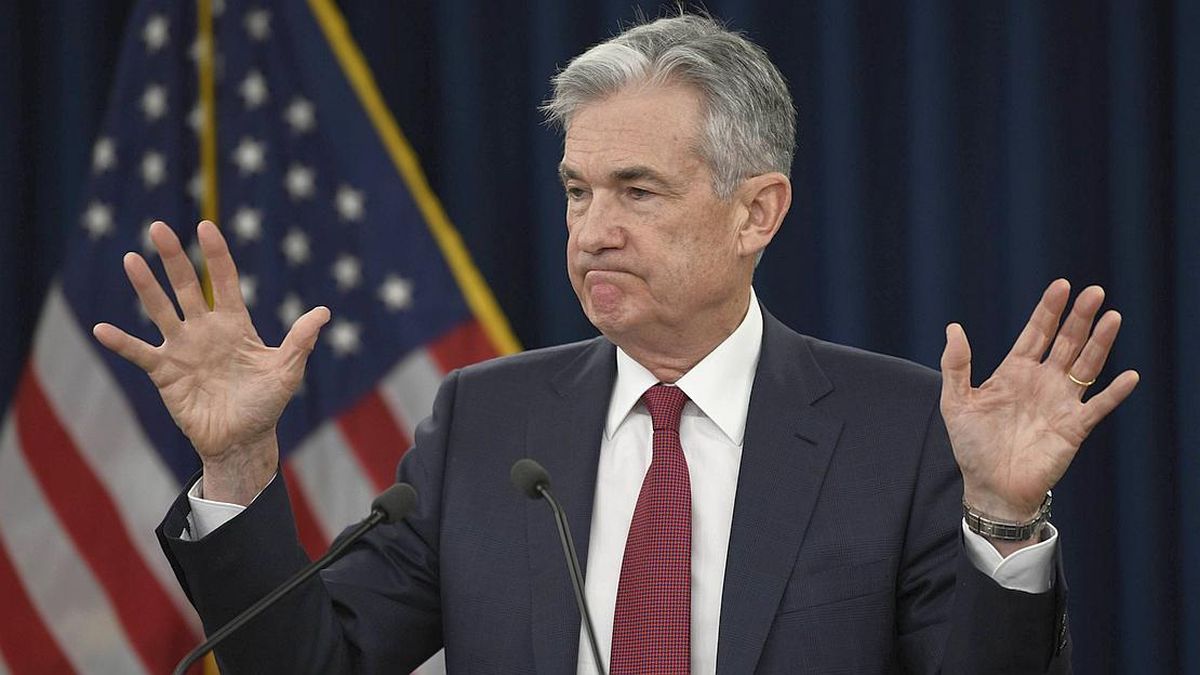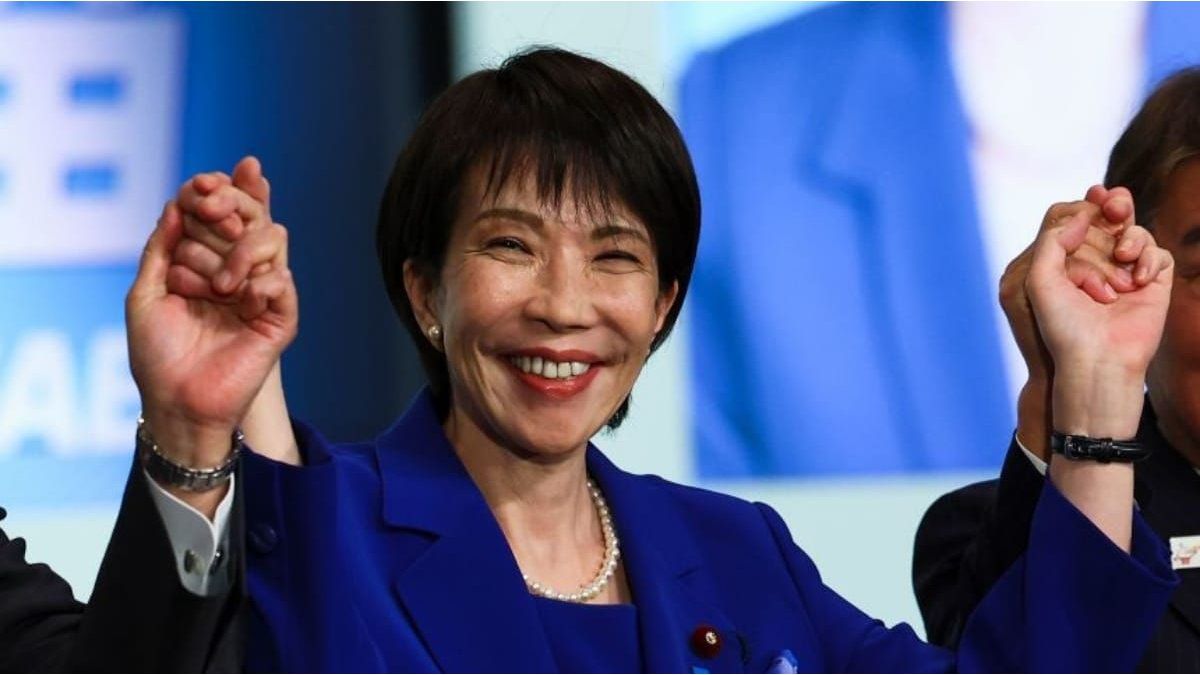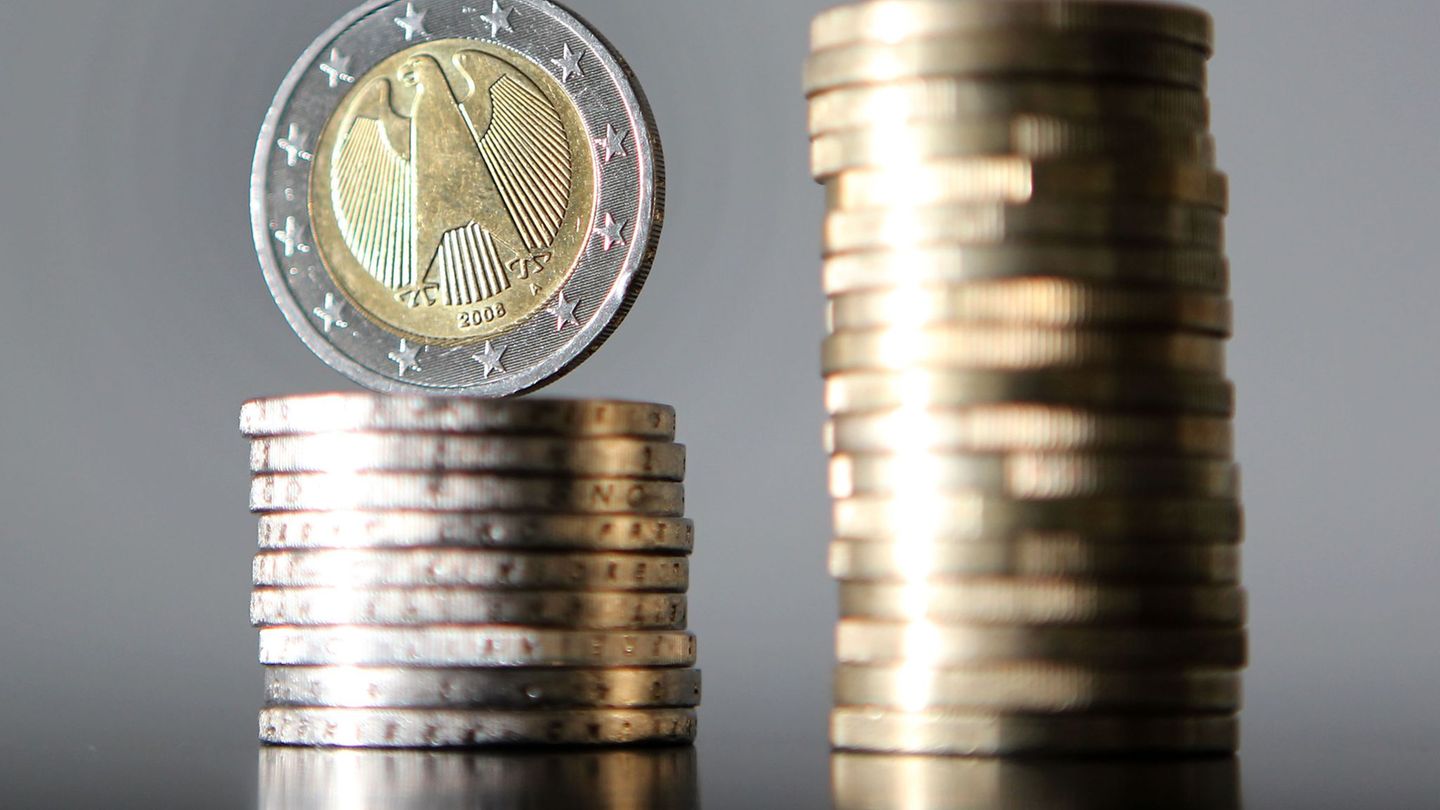The president’s onslaught novel Donald Trump Against the head of the Federal Reserve (FED), Jerome Powell, had a new chapter, this time in favor of the central banker after the US Supreme Court of Justice published last Friday a resolution that not only shields the monetary entity but also its president, noting that the first president cannot fire the members of the Central Bank. “The Federal Reserve is a quasi private entity with a unique structure that follows the distinctive historical tradition of the first and second bank of the United States”wrote the Supreme Court seeking to draw a clear line between the Central Bank and other government agencies object of the litigation.
This statement is part of the case to eliminate the suspension of orders that prohibit the dismissal by Trump of a member of the National Labor Relations Board (NLRB) and another member of the Merit System Protection Board (MSPB).
Anyway, the Supreme Court ended up giving Trump reason in the layoffs made in the other national agencies, although it establishes a special protection for the members of the Fed. Because although the case could eventually return to the Court for its merits, the decision of the judges to prevent the Fed from the implications of the order of the Supreme Court sends a strong signal: The legal basis for the “Cause” removal protections for the members of the Board of Governors of the Federal Reserve and the Federal Open Market Committee remains intact, for now.
Trump-Powell: a turbulent relationship that looks at the market
The truth is that this resolution can contribute to calm the relations between the president and the Fed, which are sailing for serious turbulence in recent months. It is worth remembering that a few days ago the US president himself tweeted that, according to him, it was too late (in reference to the decline in interest rates) and that Powell was a fool who has no idea, but, apart from that, he liked him very well. Hence the renamed the “Mr. Too late”. But, shortly after, in “NBC News” Trump said he had no intention of dismissing the president of the Fed before he finished his mandate in 2026: “No, no, no … why would he do it? I can replace that person (of whom he said was an authentic useless) in a short time.”
This whole sainete did not like the markets that decreed a massive sale not seen since the beginning of the commercial war started precisely by Trump.
For his part, Powell, who has normally remained outside this onslaught, highlighted the “independence guaranteed by the law” of the monetary agency and assured that Fed’s decisions would not be conditioned by political pressures. It should not be avoided that the Fed came to decide to maintain the reference rate “Fed Funds” in the range 4.25%-4.5%, because it saw more and more possible that the US enters the stagflation, unleashing Trump’s anger who recalled that Powell in electoral year lowered the rate several times to help Joe Biden and then to Kamala Harris, and did not work very well. Trump even alleges that Europe has already faced several cuts of interest rates. In that context, the rumors emerged, later confirmed by the Economic Advisor of the White House, Kevin Hassett, that the Government was studying Powell of its position before its mandate expires in May 2026. Powell had made it clear that the law does not allow its dismissal and during a dissertation in the Chicago economic club, the fact of the “independence guaranteed by the law” He stressed that “We will never be influenced by political pressures”. “People can say what they want … but we will do our work strictly without considering political or other factors,” said Powell, who also valued that the independence of the Fed is “very widely understood and backed in Washington and in Congress, which is where it really matters.”
Trump and Powell.jpg
Relationships between Trump and Powell have been sailing for serious turbulence in recent months.
The credibility of the Fed and the confidence in the dollar
Meanwhile, in the market there was some confusion about whether the president had the legal authority to dismiss Powell before he finished his mandate in 2026, and many recalled that, during the first mandate, Trump pressed Powell to lower the interest rates, but never fulfilled the threats of saying goodbye to those Trump wanted). Some risk that an elegant exit would be someone’s appointment immediately as Powell’s successor from 2026, when his mandate ends, in this way a great influence on the Fed would ensure. The key was not attempting against the credibility of the Fed because it would affect confidence in the dollar, and markets could adjust the political risk premiums for dollars.
Anyway, Trump’s animosity with Powell does not escape the leader’s profile and how he acts when he decides to open and aggressively confront another, due to some disagreement.
Powell, or chief as he is known on Wall Street, appointed as president of the Fed by Trump in 2018 and with a mandate renewed for four years by Biden in 2022, he has the end of his mandate to May 2026. Now, how feasible was the real possibility of Powell’s dismissal? The seven governors of the Fed system, including the president, are appointed by the president and confirmed by the Senate. The 1913 Fed Law, which created the US Central Bank, stipulates that they can only be dismissed “for just cause”, not by political disagreements or monetary policy. Like its predecessors, Powell occupies three positions: President of the Federal Reserve System, Member of the Board of Governors and President of the Federal Open Market Committee (FOMC), the agency responsible for establishing interest rates.
To the naked eye Trump cannot fire Powell, but also the story seems to play against the first president by not having a direct legal precedent, since No president in the history of the United States has ever tried to fire a president of the Fed. Why was this issue complicated? Due, precisely, to the fact that there were two demands for the layoffs of two federal workmark democrats by Trump. According to lawyers, allowing the dismissal of Cathy Harris of the Merit System Protection Board and Gwynne Wilcox of the National Board of Labor Relations before they expire their mandates would have implications for multiple federal agencies ranging from the National Board of Transportation Security to the Fed. “Validating these layoffs would open the door to chaos, including the possible destruction of the independent Federal Reserve on which the national economy depends”they said. That is why Powell took advantage of his speech at the Chicago Economic Club to underline the “independence guaranteed by the law” of the monetary agency and affirm that he did not believe that this case applies to the Fed.
Change in Fed: eventual strategies
In the event that Trump tried to remove Powell only as president of the Fed system, he could continue to be governor until his mandate expires at the end of January 2028. The next programmed vacancy does not occur until January 2026which would leave Trump only the option to nominate one of the other acting governors as president. Two of those six were appointed by Trump in their first term: Governors Christopher Waller and Michelle Bowman. But, like Powell, these have talked about the importance of the independence of Fed. In addition, Trump has no direct control over who presides over FOMC. The President of the FOMC is elected annually by the 12 members of the Committee: the seven governors, the president of the Fed of New York and four of the other presidents of regional banks, which are part of this in a rotating way. In theory, these could choose any of the members, but tradition plays against Trump: historically, FOMC eleces the president of the Fed as its leader, with the president of the Fed in New York as its vice president.
The experts, then, considered that the measure that would have more impact would be to remove Powell as governor, since he would give Trump both a vacancy on the council and a vacancy in the presidency to fill with a candidate of his own election. However, Powell could challenge his dismissal and take the president before the courts. But this, according to experts, would open the door for Trump to fire as many governors as he would like to shape a Fed to his image and likeness. There arose the rumor that The main candidate was, according to the financial newspaper Wall Street Journal, Kevin Warsh, governor of the Fed between 2006 and 2011, who would have advised Trump to allow Powell to reach the end of his mandate. Also the financial weekly “Barron’s” echoed the theories that circulated highlighting that there was a theory, between the president’s intimate circle, which was to name a kind of “President in the shadow”someone publicly identified as the alleged Powell replacement who could begin to mold market expectations before officially assuming the position. That type of unofficial successor could publicly contradict Powell, effectively undermining his credibility while pointing out an imminent change in monetary policy. For now, there is nothing defined.
Source: Ambito




